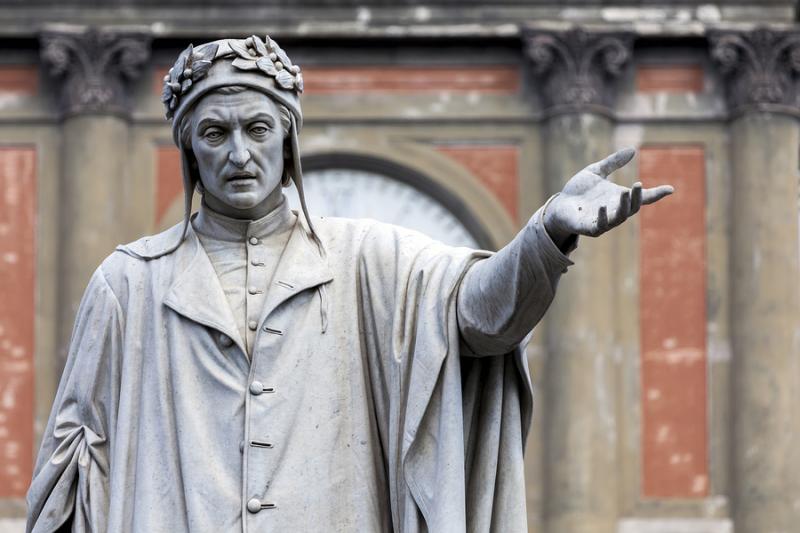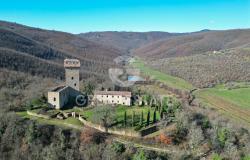Dante Alighieri
Also known simply as Dante, this late Middle Ages poet was ahead of his time in a number of ways.
Dante wished to push forward the boundaries of Italian writing further than the contemporary Latin works. His knowledge of the wide range of Italian dialects formed his desire to open up the possibilities of creating a more united literary language than was available in other works of the time. As well as pre-empting the Renaissance movement of wider, detailed literature, Dante also acted as a forerunner of the 15th century trends of his detailed knowledge of Rome's ancient past.
In terms of being ahead of his time, Dante proved his mettle in his best-known work, the ambitious Divine Comedy. In contrast to its title, The Divine Comedy is a serious Middle Ages era poem that chronicles Dante's three-stage journey through Hell (Inferno), Purgatory (Purgatorio), and Paradise (Paradiso).
Regarded as one of the most important literary works, Dante's Divine Comedy spans a broad church of themes and styles from the dark, distinctive images presented in his version of Hell to the lyrical mysticism and theology of Paradise. It's still read, discussed and analysed all around the world.
Francesco Petrarca
Petrarch is a familiar name that I remember from my university days. I studied his works in my second year of English, and as a multi-tasking poet, humanist, scholar, he's regarded as one of the most important Italian writers of his time.
His poems include The Trionfi (The Triumphs), and The Canzoniere (The Songbook). A number of Petrarca's works are about the enigmatic Laura – thought to possibly be Laura de Noves, who was the wife of Count Hugues de Sade. This would tally with her refusal of Petrarca in his Secretum work as a result of her being married. His love poems speak of her grace, beauty and modesty.
As well as his poetry, Petrarca is also recognised for his Latin-written works. As well as poems written in Latin, these also included letters, essays and educational pieces. His Latin works cover a wide spectrum of subjects including a contemplation of solitary life (De Vita Solitaria), an imaginary personal confessional talk with Augustine of Hippo (Secretum Meum) and a hugely popular self-help book (De Remediis Utriusque Fortunae).
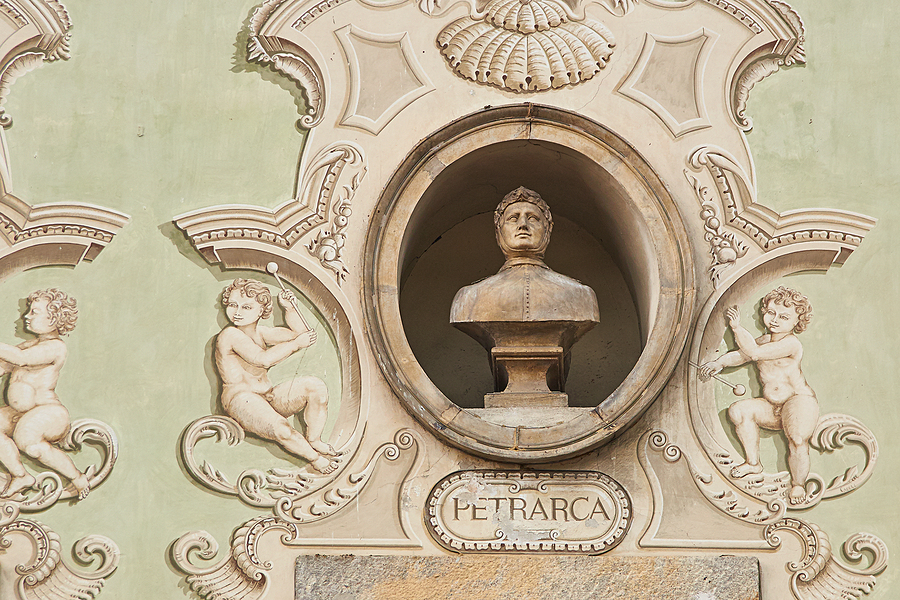
Giovanni Boccaccio
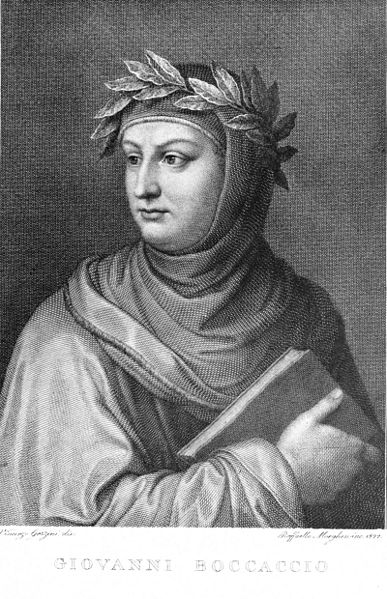 Like his contemporary, Petrarch, Giovanni Boccaccio is regarded as an important Italian writer, poet and humanist.
Like his contemporary, Petrarch, Giovanni Boccaccio is regarded as an important Italian writer, poet and humanist.
Boccaccio stood out from the pack in that he did his own thing in his writings, opting for a distinctive realistic writing style in his dialogue. He also showed a flair for creative literature, generally written in Italian vernacular as well as various works written in Latin.
His poems include La caccia di Diana, as well as Il Filostrato, Teseida, and the 50-canto allegory, Amorosa visione. One of his most famous works is The Decameron, which was originally mostly completed by the mid 1300s, and ultimately rewritten and revised by 1371.
The mid-1350s would see a shift in Boccaccio's writing style. Some attribute this to Petrarca's influence. Others put this down to Boccaccio's own personal experiences including his deteriorating strength and health and bad luck in love (his works dealing with love would take a more cynical turn than his earlier, optimistic pieces). Returning to another writer in this list, Boccaccio would also provide a number of lectures about Dante at the Santo Stefano church. These proved to be the inspiration for his last main work called Esposizioni sopra la Commedia di Dante.
Niccolò di Bernardo dei Machiavelli
A familiar term to describe someone as corrupt or unscrupulous is 'Machiavellian', which is named after the Renaissance-era writer, Niccolò di Bernardo dei Machiavelli.
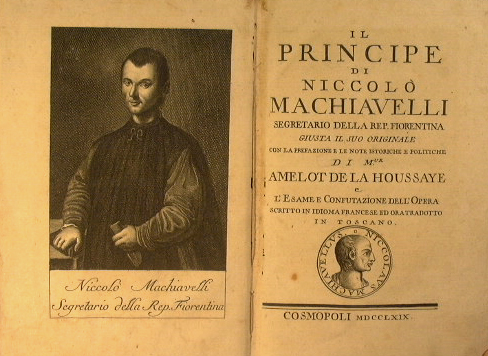
In particular, the phrase is linked with one of Machiavelli's best-known (and controversial) works called Il Principe (The Prince). This political-themed book depicts, and even seems to advocate poor behaviour as a means of getting ahead, attaining and keeping hold of power. Politically, lack of honesty, enforcement of brute force, and the killing of innocent people lack a certain moral fibre. The book has received decidedly mixed reviews, and managed to get itself banned by the Catholic Church.
The other familiar Machiavelli work is the Discourses on the First Ten Books of Titus Livy, which takes in the classical history of ancient Rome and also lessons and encouragement of the advent of republicanism.
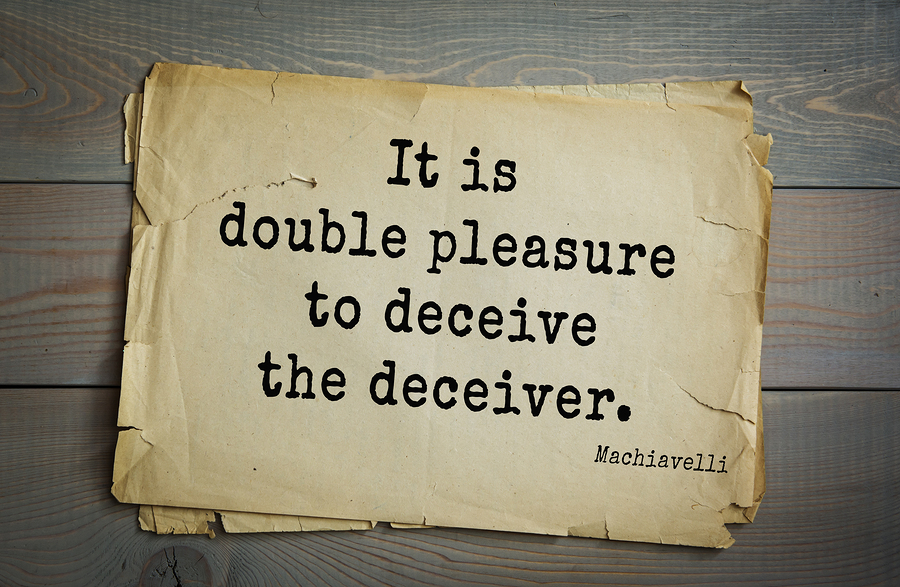
Like this article? Don't miss "Your 2018 Italian-Inspired Summer Reading List."
Ludovico Ariosto
Italian poet Ludovico Ariosto is also regarded as the man who came up with the Humanist concept, which stresses the aim of focusing on humans' own strength as opposed to submitting to a Christian God.
He also wrote the plays Cassaria and I suppositi in the early 1500s (the latter of which would be performed in the Vatican). Ariosto is best known however for his 1516 epic poem, Orlando Furioso, which depicts the battle between Charlemagne, Orlando, the Franks and the Saracens.
It's a work that's characterised by Ariosto's penchant for narrative detours. When writing a canto's events, Ariosto then goes off on another train of thought to only resume the plot point later on in another canto. Dubbed 'Cantus Interruptus', Ariosto's narrative method has divided critics as to the intentions of this trick. Does the technique function as a means of building up the tension or does it merely lose the tension for readers because of the many plot detours?
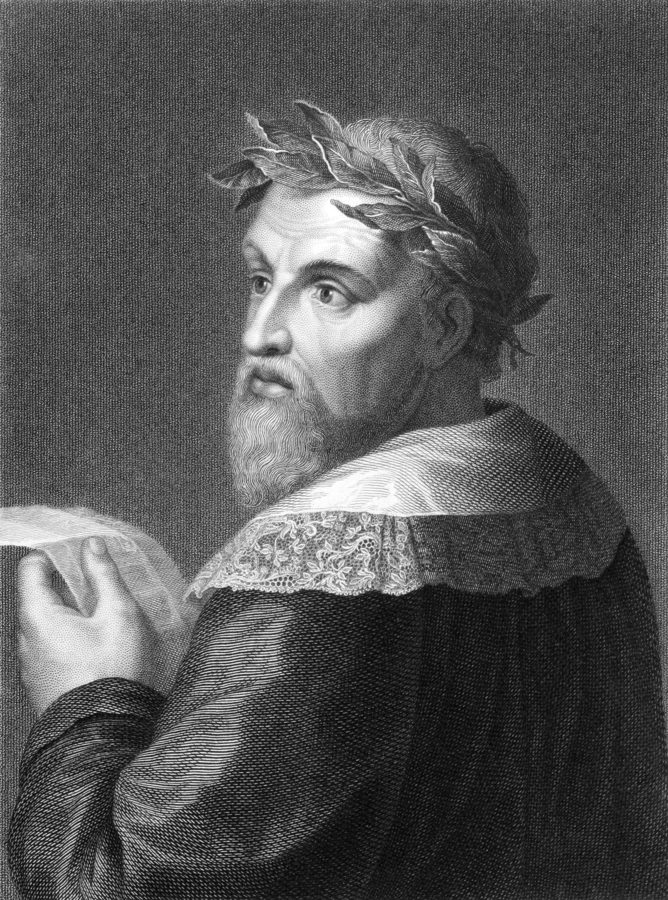
Alessandro Manzoni's most famous (and best regarded) novel is 1827's The Betrothed.
Manzoni deserves a place in the list because of the way in which The Betrothed brought together a unified Italy. Regarded as symbolising the Italian Risorgimento, The Betrothed is big on patriotism and is also a key work with respect to developing the modern, united language of Italy.
It's a novel that promotes Manzoni's values of Christianity, seen in characters such as the main heroine Lucia, friar Padre Cristoforo, and the Cardinal of Milan. However, his message is nicely counterpointed by his carefully observed and detailed portraits of everyday Italian folk. Written with a wry humour and engaging, unique style, Manzoni's Betrothed remains a cornerstone of Italian literature.
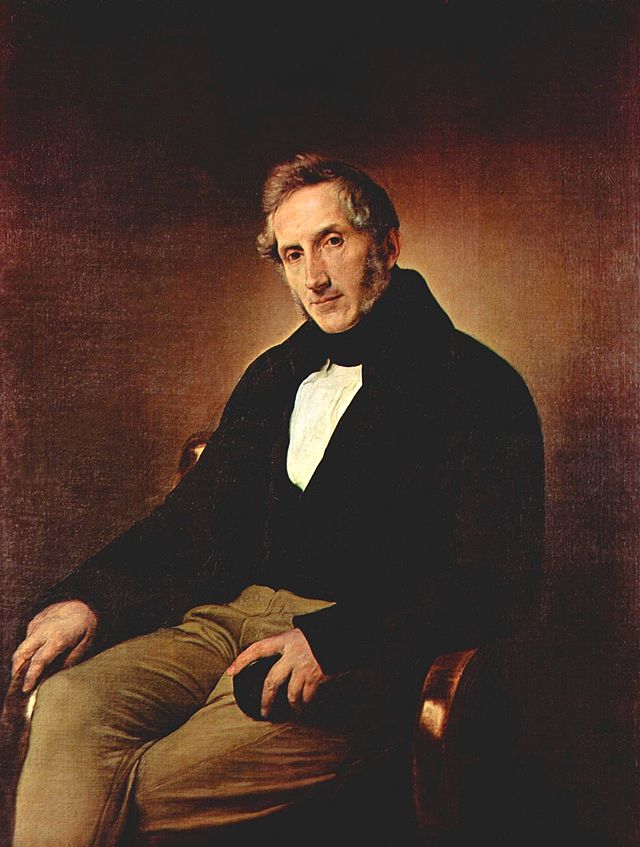
Alberto Moravia
Alberto Moravia's wide repertoire of work is a notable example of Italian fiction in the 20th century. Many of his novels revolve around specific themes such as existentialism, detachment from society, and also sexuality.
His first novel Gli indifferenti is still one of his best-known works. At the time in 1929, Moravia actually published the novel himself out of his own pocket. While the publishing costed Moravia 5000 lira, Gli indifferenti was applauded by critics, reacting warmly to the depiction of a middle class family's lack of morals.
Moravia's standing in the writing community can be seen in the fact that a good number of his works were adapted for the big screen. These include Agostino (adapted in 1962 by Mauro Bolognini), La Noia (filmed the following year by Damiano Damiani and renamed The Empty Canvas upon its American release in 1964), and one of Moravia's most acclaimed works, the anti-fascist work, Il Conformista (which would be the springboard for Bernardo Bertolucci's The Conformist movie of 1970).
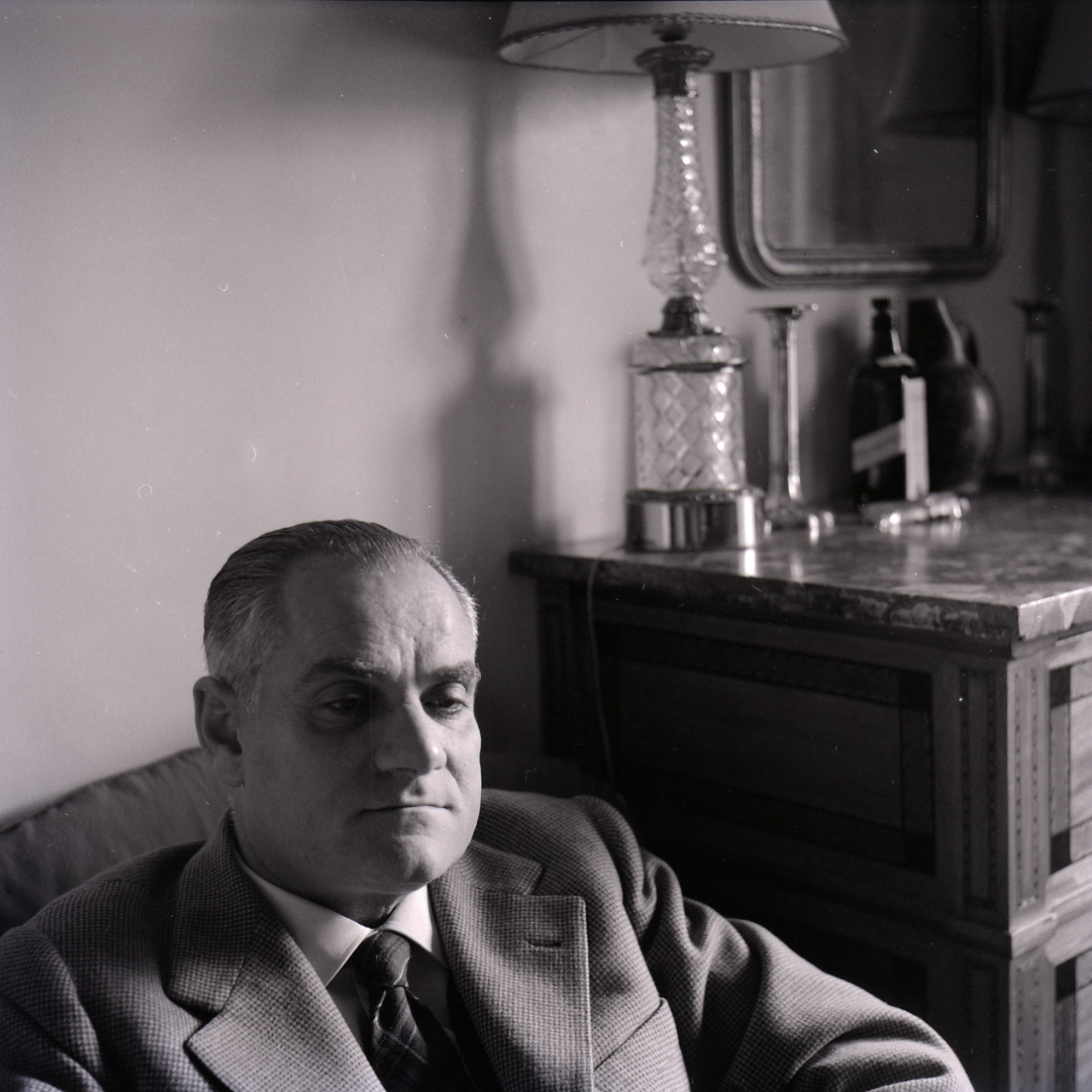 [By Paolo Monti - Available in the BEIC digital library and uploaded in partnership with BEIC Foundation.The image comes from the Fondo Paolo Monti, owned by BEIC and located in the Civico Archivio Fotografico of Milan., CC BY-SA 4.0,]
[By Paolo Monti - Available in the BEIC digital library and uploaded in partnership with BEIC Foundation.The image comes from the Fondo Paolo Monti, owned by BEIC and located in the Civico Archivio Fotografico of Milan., CC BY-SA 4.0,]
Primo Michele Levi
Using his experiences as a prisoner in an Auschwitz concentration camp, Primo Michele Levi wrote the highly acclaimed If This Is A Man.
Levi had been arrested at the end of 1943, and began his imprisonment at Auschwitz in the following February, where he remained for just under a year. In 1946, Levi elected to put his thoughts of his ordeal to paper. Intensely working over a 10-month period, he wrote down his experiences, ultimately resulting in a completed manuscript at the end of the year. While the end product needed further editing and amending, If This Is A Man was ultimately released to great acclaim. A striking element of the book is its calm, measured tone, which is at odds with the horror that Levi endured – the author later explained that such a tone meant that the readers got to judge for themselves.
Levi was also a chemist, and this formed the backdrop for his equally revered Periodic Table. Published in 1975, Il Sistema Periodico collates a series of short stories depicting Levi's experiences as both an Italian-Jewish man and a chemist during the eras of war, facism and later in the aftermath. Each of the 21 stories are named after and linked with a chemical element.
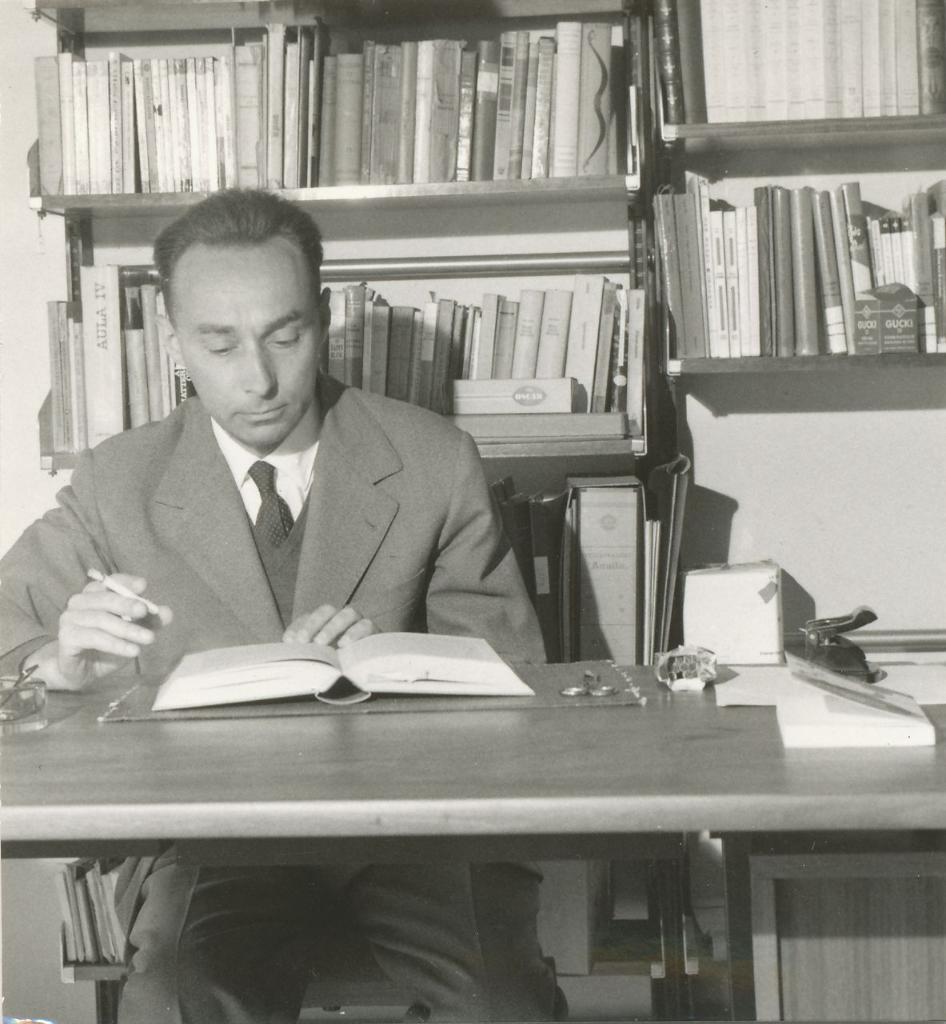
Italo Calvino
Italo Calvino shares a number of connections with other writers in this list. Like Alberto Moravia, Calvino was a journalist as well as an author. Like Primo Levi, he drew upon his wartime experiences for inspiration – the anthology of stories, Ultimo viene il corvo (The Crow Comes Last), came out four years after the end of the Second World War to the applause of the critics.
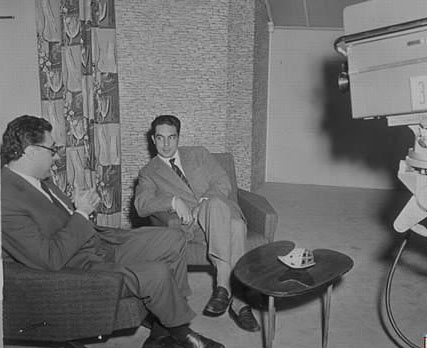 [By Duccio55 from Wikimedia Commons]
[By Duccio55 from Wikimedia Commons]
But Calvino also possessed a unique style, melding real-world concerns with elements of fantasy and fable. The best example of this is 1952's Cloven Viscount (Il visconte dimezzato), which dealt with Calvino's political disillusionment and the concerns over the Cold War.
Even in his later years, Calvino was still going strong, with 1979's If On A Winter's Night A Traveller proving immensely popular. Calvino's worldwide success was seen in the fact that by the time he passed away, he was the most translated Italian author around the globe.
Other professions come in handy when you're a writer. That's what Umberto Eco found with his acclaimed string of books.
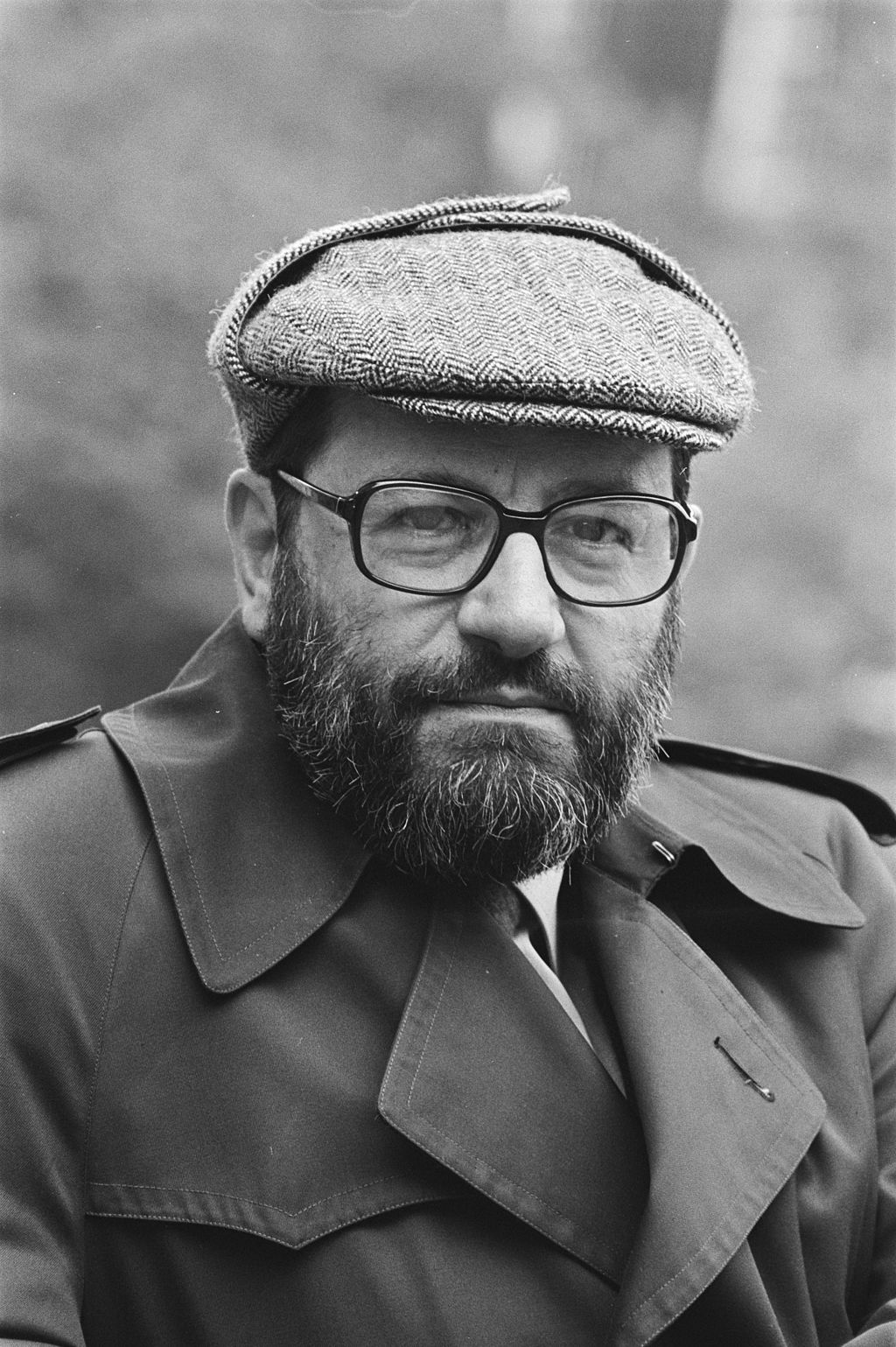 [By Bogaerts, Rob / Anefo via Wikimedia Commons]
[By Bogaerts, Rob / Anefo via Wikimedia Commons]
As well as a novelist, Eco was a university professor, semiotician and philosopher. His academia and interest in semiotics held him in good stead for one of his most famous works, The Name Of The Rose. This 1980-published murder mystery draws in both semiotics (the study of communication) and various literary tips of the hat such as Arthur Conan Doyle (the Franciscan friar's called William of Baskerville) and also Arabian Nights (the inspiration for the mystery).
While not the most prolific of authors (seven novels in 35 years), Eco's novels were still rapturously received by critics and the public. These include Il pendolo di Foucault (Foucault's Pendulum), which deals with three editors concocting a sham conspiracy theory involving a domination plan by a clandestine order descended from the Knights Templar. L'isola del giorno prima (The Island of the Day Before) takes a more introspective approach, following the thoughts of a marooned man on a ship in the 17thcentury.
Even in the 2010's Eco's novels were still proving massively popular. 2010's Prague Cemetery was a big hit in the book charts, tackling the growing rise of antisemitism in the modern world. Meanwhile, in 2015 (the year before his passing), Numero Uno saw Eco's attention switched towards the issues of Fascism and a satirical take on kickbacks and bribery.
